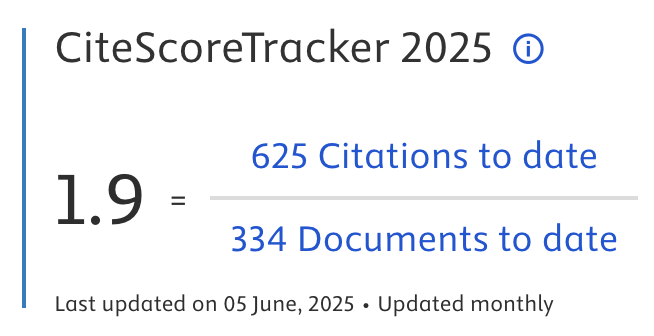Utilizing Support Vector Machine and Dimensionality Reduction to Identify Student Learning Styles within the Felder-Silverman Model
Abstract
This research explores the impact of questionnaire structure on the accuracy of learning style classification, focusing on the optimization of the Felder-Silverman Learning Style Model (FSLSM) using advanced machine learning techniques. By employing Principal Component Analysis (PCA) and t-Distributed Stochastic Neighbor Embedding (t-SNE) for dimensionality reduction, the study identifies and retains the most informative variables from the original 44-question FSLSM instrument. These refined features are then processed through a Support Vector Machine (SVM) algorithm to evaluate classification performance across various core-to-secondary item ratios. Results indicate that the most optimal configuration—produced through the combined PCA-t-SNE reduction—achieved a peak accuracy of 89.54%, surpassing other configurations and highlighting the effectiveness of selective question modeling. This approach not only enhances prediction accuracy but also introduces a more efficient and streamlined FSLSM formula, reducing redundancy without compromising diagnostic precision. The study contributes to educational data mining by presenting a data-driven strategy for learning style assessment and offers practical implications for the development of adaptive, personalized learning systems grounded in statistically validated models.
Article Metrics
Abstract: 296 Viewers PDF: 269 ViewersKeywords
Full Text:
PDFRefbacks
- There are currently no refbacks.

Journal of Applied Data Sciences
| ISSN | : | 2723-6471 (Online) |
| Collaborated with | : | Computer Science and Systems Information Technology, King Abdulaziz University, Kingdom of Saudi Arabia. |
| Publisher | : | Bright Publisher |
| Website | : | http://bright-journal.org/JADS |
| : | taqwa@amikompurwokerto.ac.id (principal contact) | |
| support@bright-journal.org (technical issues) |
 This work is licensed under a Creative Commons Attribution-ShareAlike 4.0
This work is licensed under a Creative Commons Attribution-ShareAlike 4.0





.png)